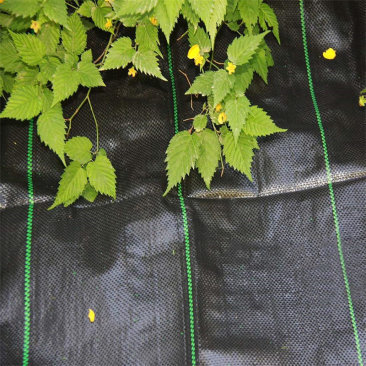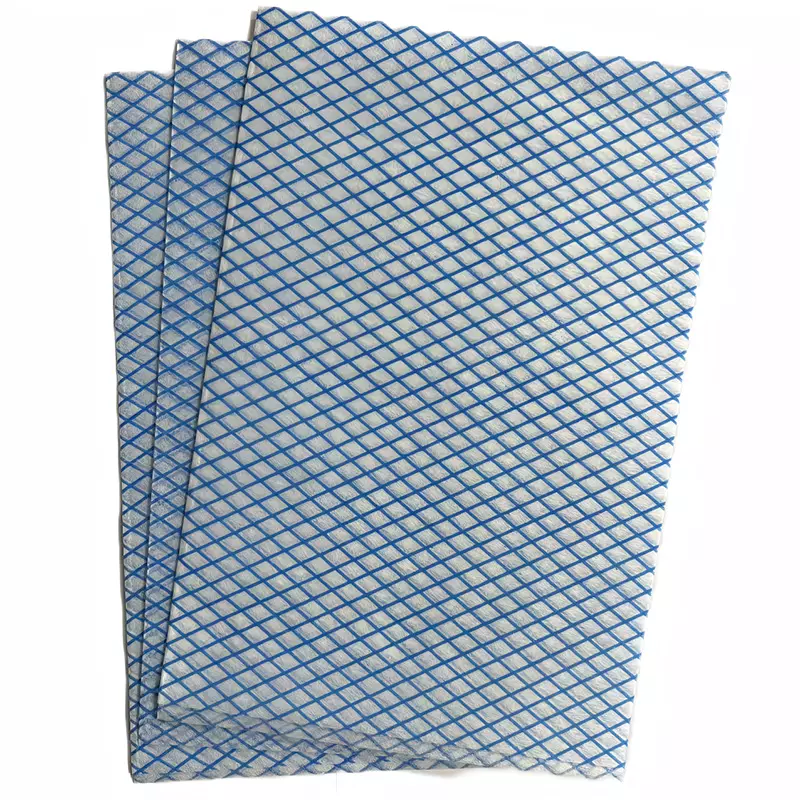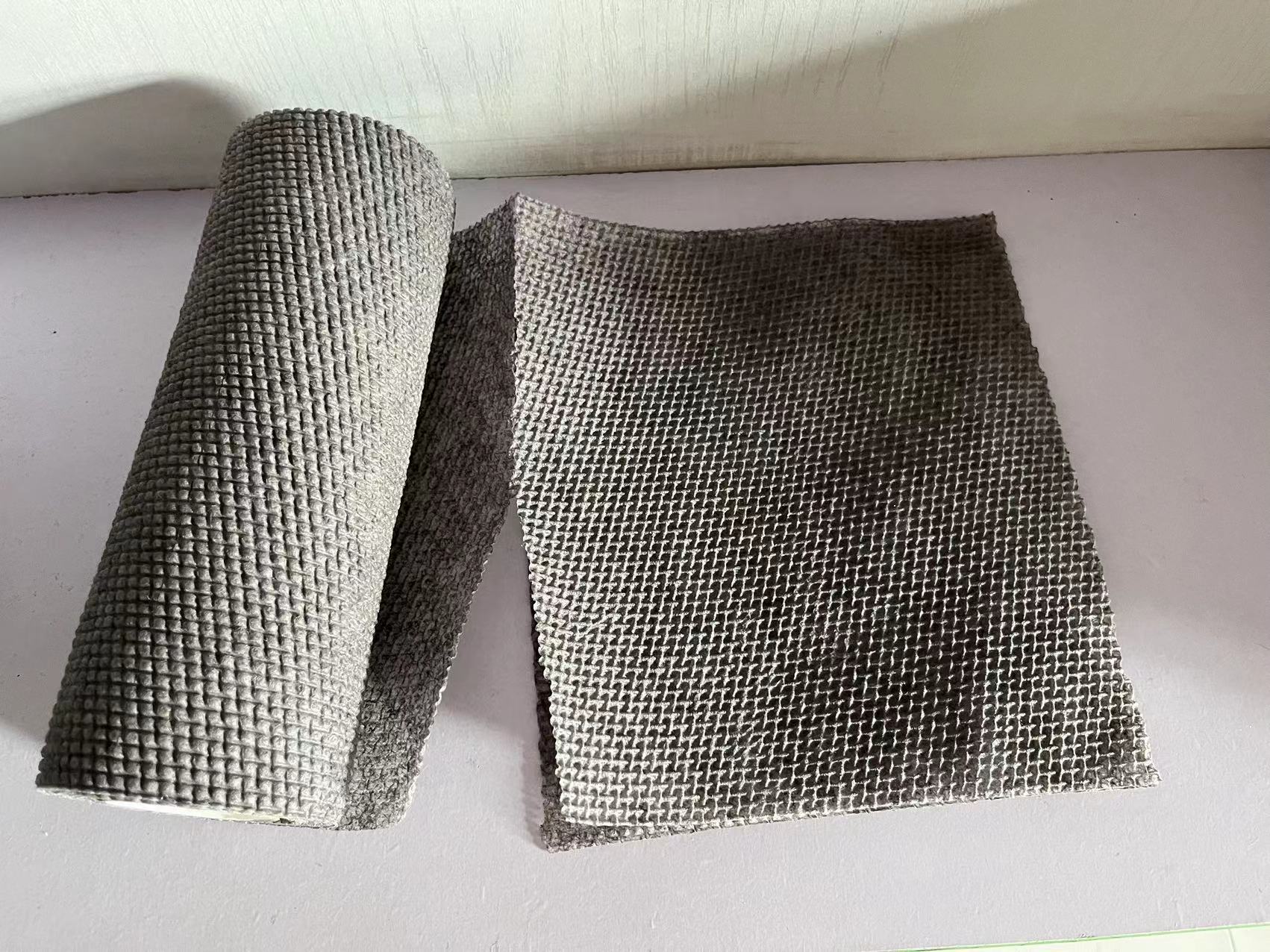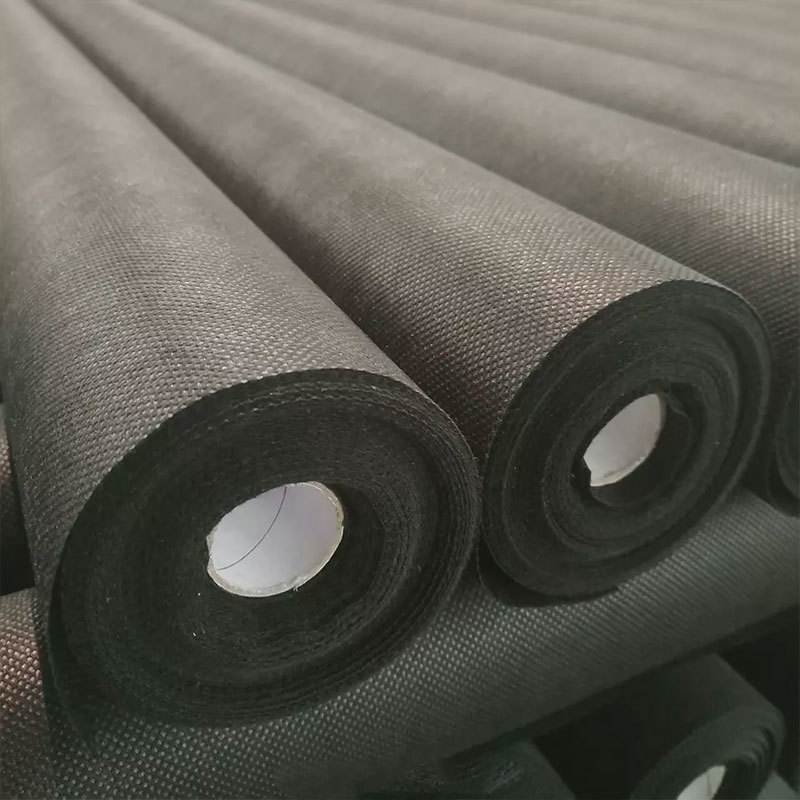02
2025
-
06
Understanding the Benefits of Permeable Landscape Fabric in Construction
Permeable landscape fabric is a versatile material commonly used in the construction and landscaping industries. Its unique design allows water, air, and nutrients to pass through while providing a barrier against weeds and soil erosion. This fabric is primarily made of synthetic fibers that are woven or non-woven, offering a variety of benefits that make it an essential component in many construc
Permeable landscape fabric is a versatile material commonly used in the construction and landscaping industries. Its unique design allows water, air, and nutrients to pass through while providing a barrier against weeds and soil erosion. This fabric is primarily made of synthetic fibers that are woven or non-woven, offering a variety of benefits that make it an essential component in many construction projects.
One of the primary advantages of permeable landscape fabric is its ability to manage water drainage effectively. When installed correctly, this fabric facilitates the movement of water while preventing the accumulation of excess moisture on the surface. This is especially beneficial in areas prone to flooding or waterlogging, as it helps maintain a balanced moisture level in the soil, promoting healthier plant growth.
Another key benefit of using permeable landscape fabric is its effectiveness in weed control. The fabric acts as a physical barrier, blocking sunlight from reaching the soil and inhibiting weed germination. This not only reduces the need for chemical herbicides but also allows for easier maintenance of gardens and landscaped areas. By minimizing weed competition, plants can thrive and flourish, enhancing the overall aesthetic appeal of the landscape.
Permeable landscape fabric is also instrumental in soil stabilization. It provides support for soil structure, preventing erosion caused by water runoff or wind. This is particularly important on slopes or in areas with loose soil, where erosion can lead to significant damage and loss of valuable topsoil. By using this fabric, construction professionals can create more sustainable landscapes with improved longevity and reduced environmental impact.
In addition to its practical benefits, permeable landscape fabric is relatively easy to install. It can be laid down quickly, requiring minimal tools and expertise. When combined with proper site preparation, this fabric can be a cost-effective solution for various landscaping and construction needs.
For best results, it is essential to select the right type of permeable landscape fabric based on the specific requirements of your project. Consider factors such as soil type, drainage needs, and intended plant species. Whether used in garden beds, pathways, or erosion control applications, choosing the appropriate fabric will ensure optimal performance and longevity.
In summary, permeable landscape fabric is an invaluable resource in the construction and landscaping sectors. Its ability to manage water, control weeds, and stabilize soil makes it a wise choice for anyone looking to enhance their outdoor spaces while promoting environmental sustainability. By understanding and implementing this material effectively, construction professionals can create functional and aesthetically pleasing landscapes that stand the test of time.
One of the primary advantages of permeable landscape fabric is its ability to manage water drainage effectively. When installed correctly, this fabric facilitates the movement of water while preventing the accumulation of excess moisture on the surface. This is especially beneficial in areas prone to flooding or waterlogging, as it helps maintain a balanced moisture level in the soil, promoting healthier plant growth.
Another key benefit of using permeable landscape fabric is its effectiveness in weed control. The fabric acts as a physical barrier, blocking sunlight from reaching the soil and inhibiting weed germination. This not only reduces the need for chemical herbicides but also allows for easier maintenance of gardens and landscaped areas. By minimizing weed competition, plants can thrive and flourish, enhancing the overall aesthetic appeal of the landscape.
Permeable landscape fabric is also instrumental in soil stabilization. It provides support for soil structure, preventing erosion caused by water runoff or wind. This is particularly important on slopes or in areas with loose soil, where erosion can lead to significant damage and loss of valuable topsoil. By using this fabric, construction professionals can create more sustainable landscapes with improved longevity and reduced environmental impact.
In addition to its practical benefits, permeable landscape fabric is relatively easy to install. It can be laid down quickly, requiring minimal tools and expertise. When combined with proper site preparation, this fabric can be a cost-effective solution for various landscaping and construction needs.
For best results, it is essential to select the right type of permeable landscape fabric based on the specific requirements of your project. Consider factors such as soil type, drainage needs, and intended plant species. Whether used in garden beds, pathways, or erosion control applications, choosing the appropriate fabric will ensure optimal performance and longevity.
In summary, permeable landscape fabric is an invaluable resource in the construction and landscaping sectors. Its ability to manage water, control weeds, and stabilize soil makes it a wise choice for anyone looking to enhance their outdoor spaces while promoting environmental sustainability. By understanding and implementing this material effectively, construction professionals can create functional and aesthetically pleasing landscapes that stand the test of time.
permeable landscape fabric












